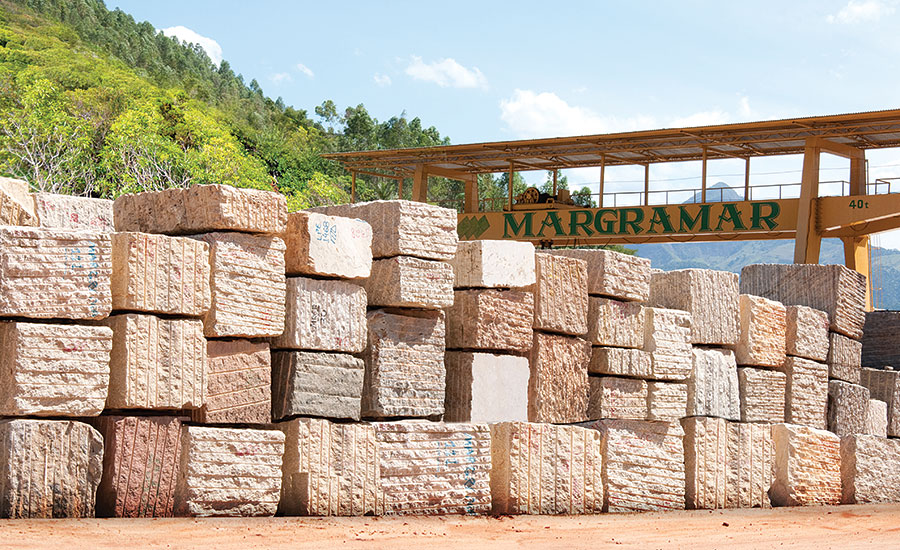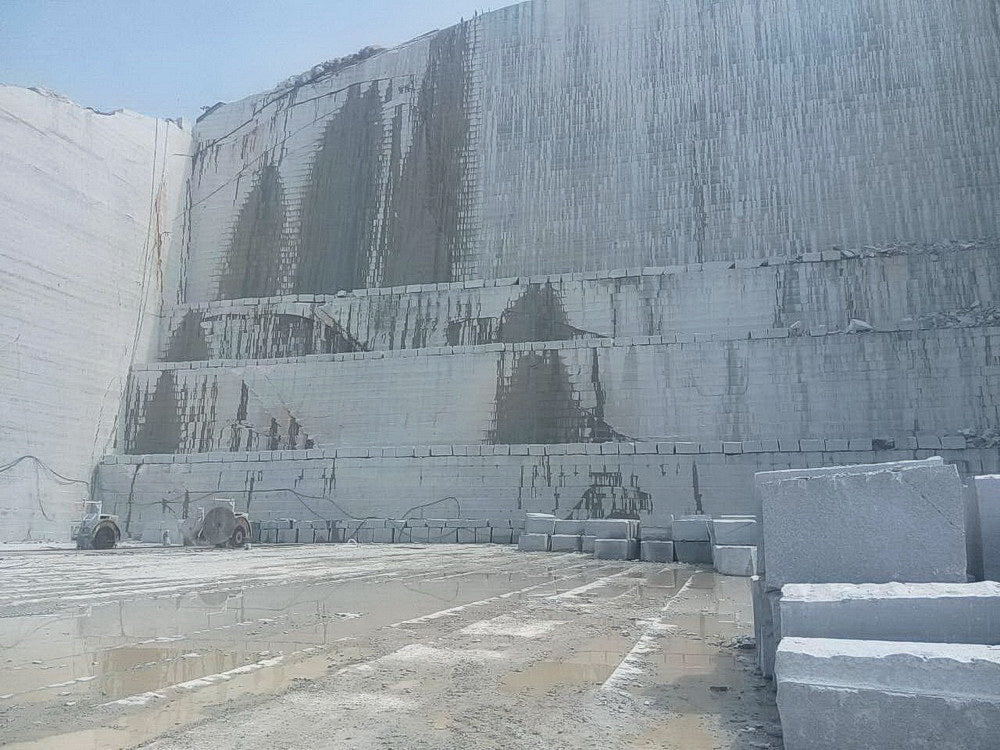Discovering Granite Quarries in South Africa Sector: From Quarry to Work of art
Discovering Granite Quarries in South Africa Sector: From Quarry to Work of art
Blog Article
Discovering the Rich History and Sustainable Practices of Granite Quarrying
As we base on the precipice of uncovering the complex tapestry of granite quarrying, a journey via time exposes not simply the physical act of drawing out rock but additionally the cultural and historic importance woven right into the extremely textile of this practice. From the ancient beginnings that laid the structure for modern-day quarrying methods to the sustainable methods that are forming the future of this sector, each sculpt mark on granite surfaces informs a tale waiting to be unearthed (granite quarries in south africa). The heritage of granite quarrying extends much beyond plain extraction; it is a testament to human ingenuity, durability, and the enduring appeal of this magnificent rock
Old Beginnings of Granite Quarrying
Dating back to ancient people, the technique of quarrying granite has been an essential component of human background and building advancement. The earliest evidence of granite quarrying go back to old Egypt, where substantial pyramids and elaborate sculptures were crafted from this long lasting rock. The Egyptians utilized primitive tools to extract granite blocks from quarries, showcasing the significance of this material in their significant buildings.
Progressing in history, the Greeks likewise made considerable payments to the quarrying of granite. The Greeks utilized granite in different building marvels, such as holy places and sculptures, showing their ability in shaping and carving this sturdy rock. The Romans additionally improved the strategies of quarrying granite, utilizing innovative tools like chisels and hammers to extract and shape granite for their famous frameworks.
Via the centuries, the technique of quarrying granite has evolved, with contemporary innovations enhancing efficiency while maintaining the timeless allure of this all-natural rock - granite quarries in south africa. From old human beings to contemporary contractors, the tradition of granite quarrying continues to shape our globe
Evolution of Quarrying Strategies
The advancement of quarrying methods has actually been noted by a constant progression in the direction of higher efficiency and accuracy in removing granite. From the rudimentary approaches utilized by our forefathers to the innovative innovations utilized in contemporary quarrying operations, the sector has undergone substantial developments. Early quarrying techniques entailed manual work with standard tools such as knives, hammers, and wedges to draw out granite blocks from the earth. As human beings advanced, techniques like fire-setting and primitive dynamites were introduced to promote the extraction procedure.
Advancements in computer-controlled equipment and 3D modeling have actually maximized quarrying procedures, leading to marginal ecological influence and boosted sustainability techniques. As the need for granite proceeds to increase, the development of quarrying methods remains essential to meeting industry requires efficiently and sustainably.
Social Significance of Granite
Granite holds a profound cultural relevance throughout various Check Out Your URL human beings due to its long-lasting visibility in building work of arts and revered monuments. From the marvelous pyramids of Egypt to the detailed carvings of the Angkor Wat holy place in Cambodia, granite has actually been a material of choice for sharing majesty and long life in social heritage. In ancient Rome, granite columns adorned holy places and public structures, representing stamina and permanence. The social relevance of granite expands beyond its physical qualities; it personifies strength, security, and timelessness, making it an icon of sustaining traditions and customs.

Sustainable Practices in Quarrying
Amidst the abundant history of granite quarrying and its cultural value lies a growing focus on lasting methods within the market. As environmental recognition and problems regarding resource deficiency have actually increased worldwide, the quarrying sector has actually progressively embraced lasting techniques to reduce its effect on the setting and bordering neighborhoods.

In addition, recovery and recovery of quarry websites post-extraction are indispensable to lasting techniques. By recovering quarried locations to an all-natural or helpful state, such as developing wild animals habitats or recreational spaces, quarriers can offset the ecological impact of their procedures and contribute positively to the neighborhood ecological community.
Heritage of Granite Quarrying
With a historic background steeped in workmanship and commercial progress, click here to read what sustaining effect has granite quarrying left on the landscape of modern society? The heritage of granite quarrying goes beyond mere removal techniques; it has shaped building wonders, urban landscapes, and social heritage worldwide. The sturdy nature of granite has made it a preferred choice for monoliths, buildings, and infrastructure, standing as a testimony to the skill and artistry of quarry employees across generations.
In addition, the financial footprint of granite quarrying can not be internet forgotten. The market continues to give job opportunity and drive neighborhood economic situations in regions where granite removal prevails. It has actually likewise spurred technical developments in quarrying strategies and devices, leading to extra effective and sustainable techniques.
In terms of sustainability, the legacy of granite quarrying includes efforts to reduce environmental impacts through improvement tasks and liable source administration. By stabilizing economic passions with ecological stewardship, the industry aims to make sure that future generations can remain to benefit from this enduring natural source.
Verdict

Report this page